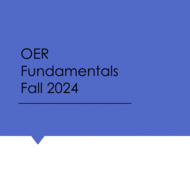
(View Complete Item Description)
"I never knew a whole family to live together, till all were grown up, in my life," recalls Lewis Clarke of his twenty-five years enslaved in Kentucky.1 Families were separated due to sale, escape, early death from poor health, suicide, and murder by a slaveholder, overseer, slave patroller, or other dominant person. Separation also occurred within the plantation itself, e.g., by segregating "field slaves" from "house servants," removing children from parents to live together with a slave caretaker, or bringing children fathered by the slaveholder to live in the "Big House." How, then, did the slave family provide solace and identity? "What the family does, and what the family did for African Americans," writes historian Deborah White Gray, "was create a world outside of the world of work. It allowed for significant others. It allowed a male slave to be more than just a brute beast. It allowed him to be a father, to be a son. It allowed women to be mothers and to take on roles that were outside of that of a slave, of a servant."2 When did the enslaved child realize how his or her family life differed from the slave-holder's? How did enslaved adults cope with the forced disintegration of their families? Here we read a collection of texts—two letters, a memoir, and interview excerpts—to consider these questions. (See also Theme II: ENSLAVEMENT, #2, Sale.)
Material Type:
Assessment,
Homework/Assignment,
Lecture,
Lecture Notes,
Lesson,
Primary Source,
Reading,
Teaching/Learning Strategy
Author:
National Humanities Center



